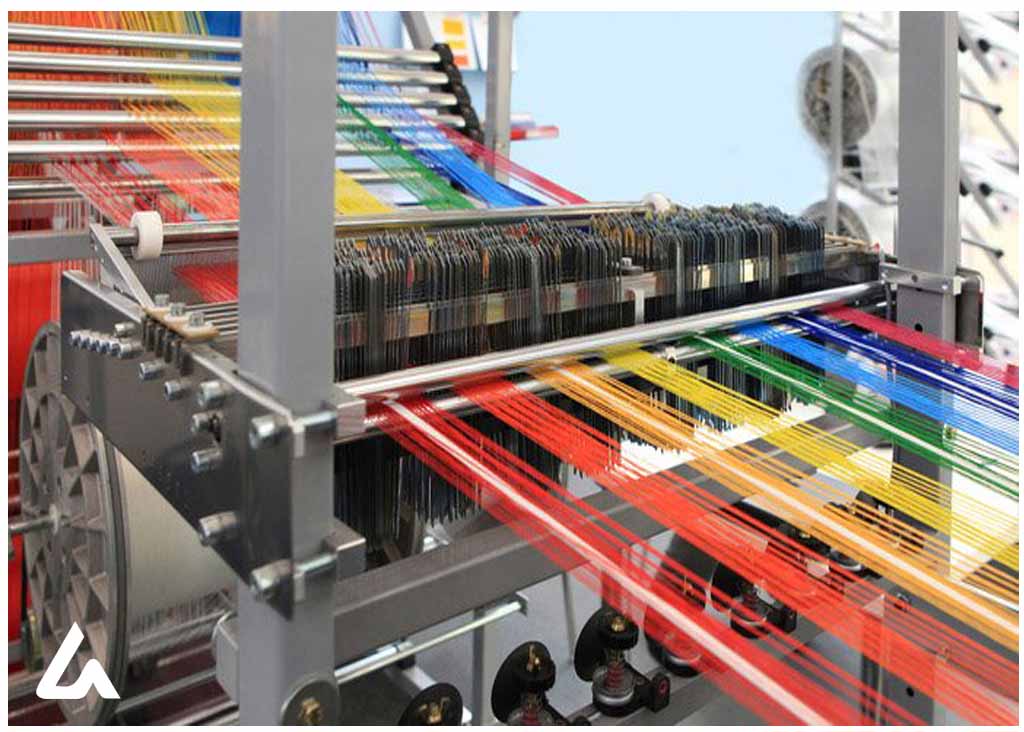
Textile Compliance is a new term in our textile industry. Many of you may aware of it.
Definition: A clearly defined law or standard, a specification that has been confirmed is known as compliance.
In simple language, a set of process, standards, or law that is established to specify the protocol is called compliance. In the textile industry, compliance complies with the law of a country and the code of conduct (CoC) of the buyers. It is the perfection or assurance of safety with various International & National Standards on Social Principles.
Join Our Fb Group
History of evolving compliance issue in RMG:
First, in 1995 Pwc India office came to Bangladesh to do a social audit for Walmart. Then in 1996, during the European nations cup, several trade unions and NGOs drew attention to the forced labor of children making footballs for the world market. Due to this publicity world-famous retailers focused their eyes on the Bangladesh garments industry to monitor compliance issues especially on child labor and minimum wages.
After that in 1996, An agreement was signed among ILO, BGMEA, and Bangladesh Government to work together to work on the labor rights issue. From 1998, the Pwc India office continued social audit for Walmart, Jones Apparel Group, Target, Aramark, Russel Inc., Lego Company, Timberland, Sara-Lee Corporation, Abercrombie & Fitch, etc.
In this phenomenon two tragedies had taken place in the history of the garments industry of our country, one was a Fire accident in Tazreen Fashion (2012), and the second, was Rana plaza collapsed (2013). These two incidents switched the alarm about the safety issues in the garments factories and workplaces not only in our country but also all over the world. The authorities and other human rights consultant NGOs came forward to ensure the safety of workers in the factories. And in this way, the compliance issue evolved in the RMG sector.
The Importance of Textile Compliance:
There are some importances of compliances in our garments sector. They can be described as below:
- Sustainability of existing buyers
- Attracting new buyers
- Matching the Government requirement
- Securing benefits of the workers
- Preserving good relationship among workers and management
- Environmental safety
- Social accountability
Compliance Issues Standard Variables:
- Compliance area
- Organization
- Purchaser region
Compliance Areas in the RMG Sector:
- Social / Ethical compliance area.
- Technical compliance area
- Safety compliance area
- Security / C-TPAT Compliance area
- Environmental compliance area
- Quality compliance area
Dealing Compliance Requirements:
- National law.
- Government & organizational Policy
- International law
- Requirements and standards by regulatory bodies.
Textile Compliance
National laws that are compiled to ensure compliance issues of garments sector of our country:
- Bangladesh labor law 2015 (amended in 2018 )
- Bangladesh labor rules 2015
- Fire service & civil defense act 2003
- Fire service rules
- Boiler act 1923
- Boiler rules 2010
- Acid control act 2002
- Company act 1994
- ILO convention
- Environmental act
- EPZ act 2019
- BNBC 2006
- Noise pollution management rules 2006
- NFPA guideline
Requirements & standards by regulatory body / Certifications:
- ICS – ( Initiative for Compliance and Sustainability)
- GMP – (Good manufacturing practice)
- PSCI – (Pharmaceutical Supply Chain Initiative)
- OHSAS – (Occupational Health and Safety Assessment Series)
- HACCP – (Hazard Analysis Critical Control Point)
- PaCT – (Partnership for cleaner textile)
- ZDHC – (Zero discharge of hazardous chemicals)
- BWB – (Better Work Bangladesh)
- FWF – (Fair Wear Foundation)
Leadership in compliance:
- Definition.
- Vision / Plan.
- Difference.
- Root cause analysis.
- System development.
- Followership.
About the Author
MD. SHANAWAZ KHAN
Pabna Textile Engineering College
Department of Apparel Engineering
